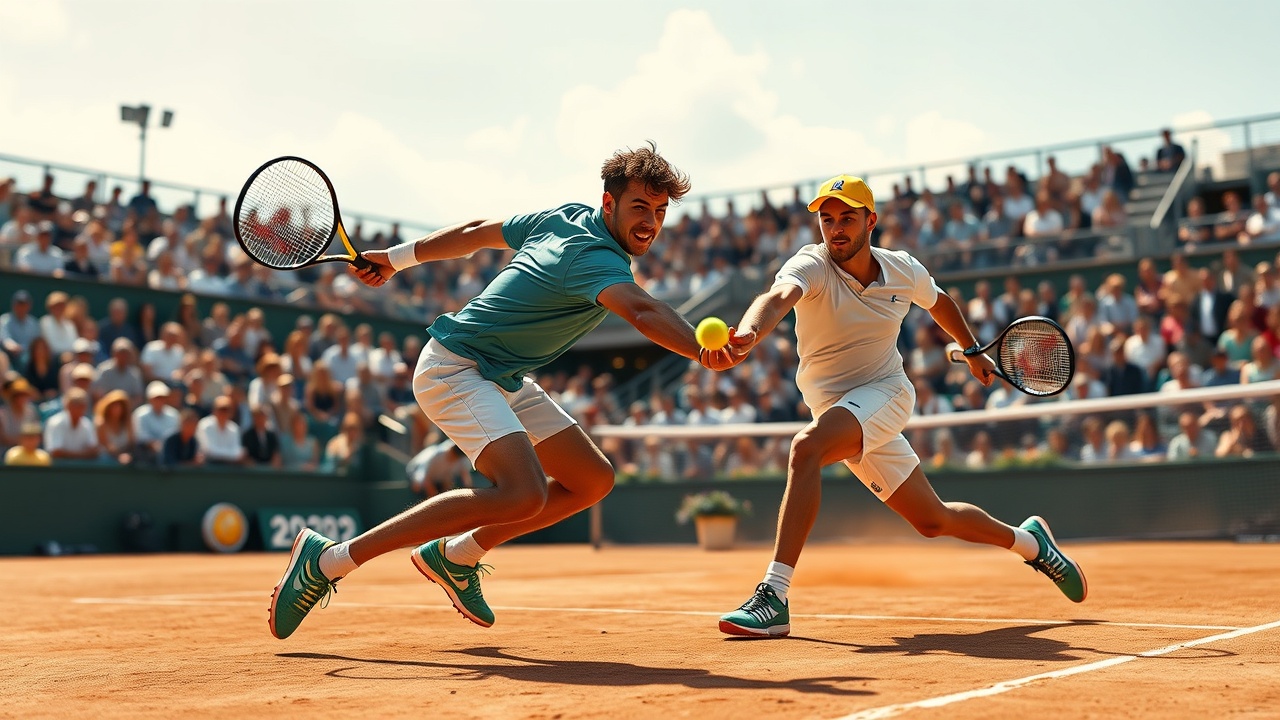Introduction
After witnessing the breathtaking five-set showdown between Jannik Sinner and Carlos Alcaraz during the French Open final, many tennis enthusiasts are left questioning the future of the sport’s traditional format. This epic battle, lasting over five hours, generated remarkable intensity and showcased the extraordinary competitiveness of both players, igniting a renewed debate about the merits of best-of-five matches in professional tennis.
Historical Context of Match Length
Historically, tennis was not intended to extend to such extensive durations; its inception registered matches lasting no more than two hours. For instance, the very first five-set Wimbledon final in 1887 concluded in a mere 120 minutes. However, the average match length has dramatically increased, now averaging 25% longer than in 1999, with contemporary three-hour matches viewed as commonplace. The lengthy contest on Sunday not only exhibited Sinner and Alcaraz’s potential but also raised the stakes of crucial moments, reminiscent of iconic encounters like those between Björn Borg and John McEnroe in 1980 and Roger Federer against Rafael Nadal in 2008.
Pros and Cons of the Five-Set Format
The allure of such gripping encounters is palpable, yet they are often overshadowed by the reality that many five-set matches can be characterized by lengthy lulls and disappointing conclusions. Attentive fans recognize that thrilling matches are infrequent; while Alcaraz and Sinner’s clash was remarkable, their previous semifinal meeting was less noteworthy, filled with inconsistencies and fatigue.
Additionally, the rigors of the five-set format take a toll on players mentally and physically. Athletes who endure extended matches are often left exhausted, impacting their performance in subsequent rounds. The Australian Open earlier this year highlighted this phenomenon, as multiple players, including Jack Draper, succumbed to exhaustion following grueling battles. The five-set structure seems to favor the more dominant players, which raises concerns about the potential diminishing excitement of upsets in big tournaments.
Interests of Players and Fans
Critically examining who benefits from the current format emphasizes the diverging interests of players and fans. While some athletes prefer five sets as a measure of true skill—testing endurance and resilience—spectators can become disengaged during lackluster matches that stretch on with no immediate resolution.
Proposals for Change
One proposed solution involves modifying the Grand Slam format to adopt a hybrid approach, where initial rounds are played as best-of-three, while maintaining the traditional best-of-five for later stages. This could not only mitigate player fatigue but also sustain viewer engagement, eliminating monotonous early matches. Such an adjustment could equally apply to women’s tournaments, addressing equity and scheduling disparities. Nonetheless, female players have expressed reluctance towards a five-set structure, despite historical precedents.
Conclusion
Despite the thrill of matches like Sinner vs. Alcaraz, the existing configuration of Grand Slam tournaments appears unlikely to change. With record attendance and revenue generated from the lengthy matches, there is little incentive for organizers to alter the successful formula. While the grandeur of such epic matches captivates a global audience, they remain the exception in tennis, underscoring the ongoing dilemma regarding the sport’s future format.




